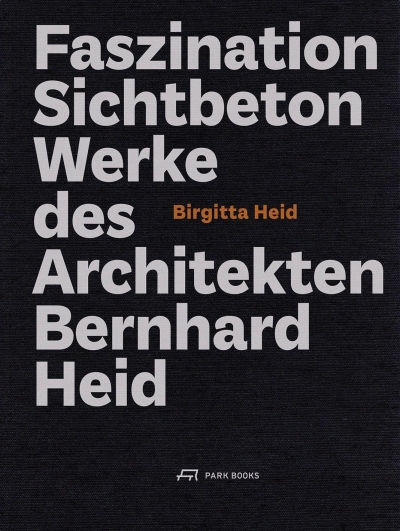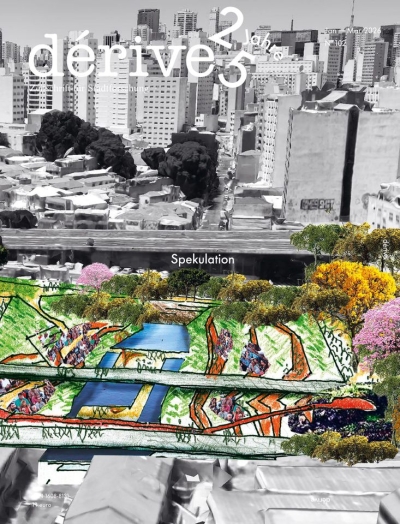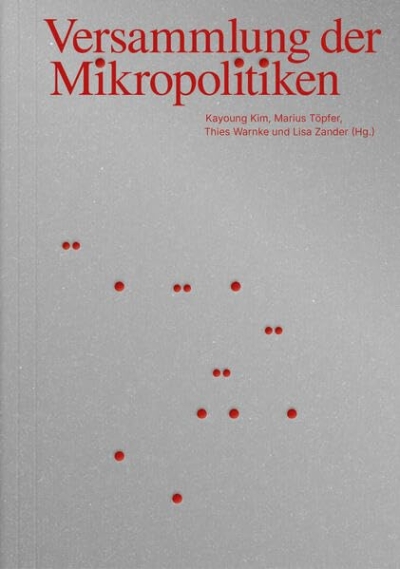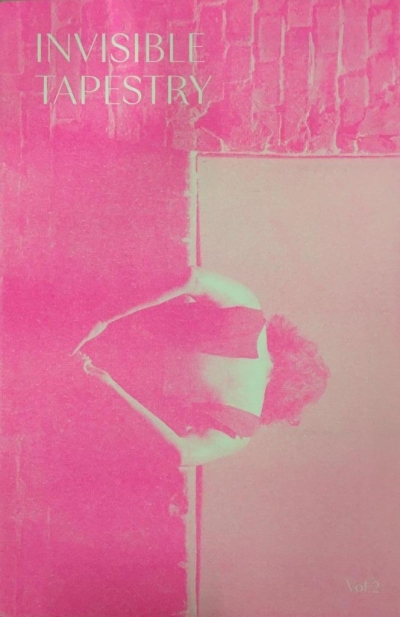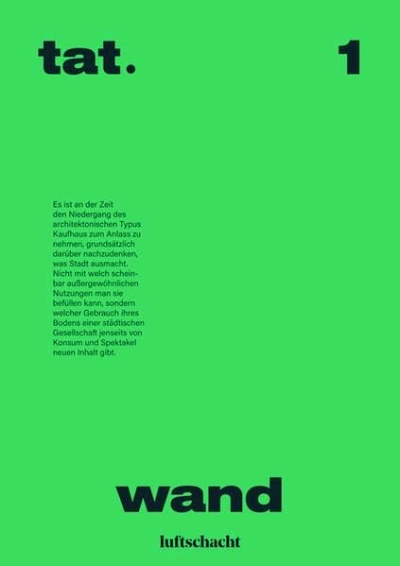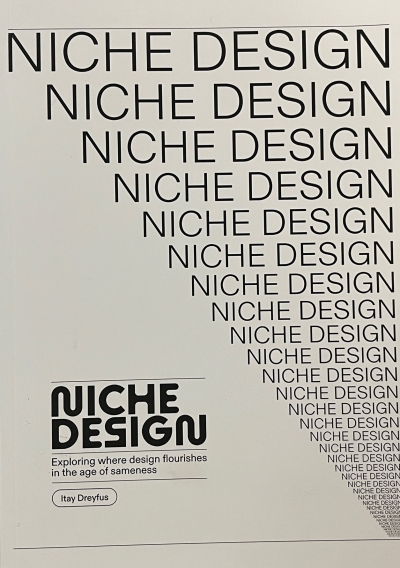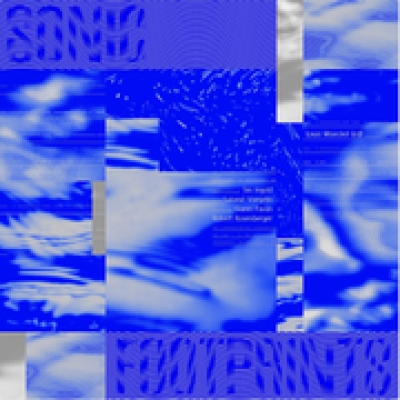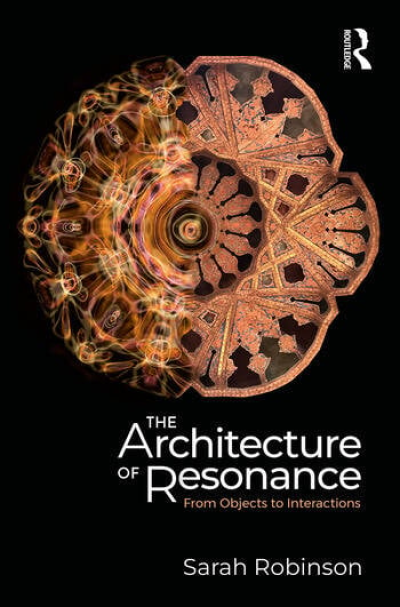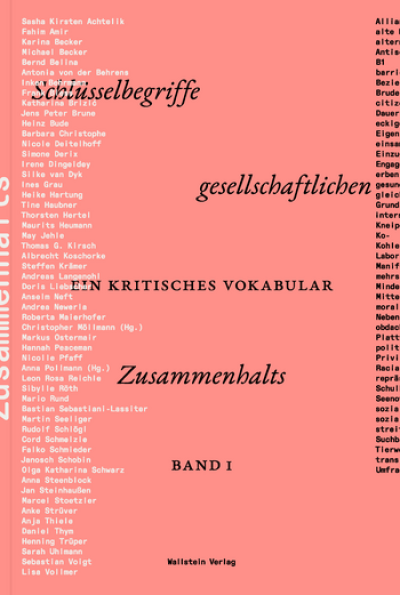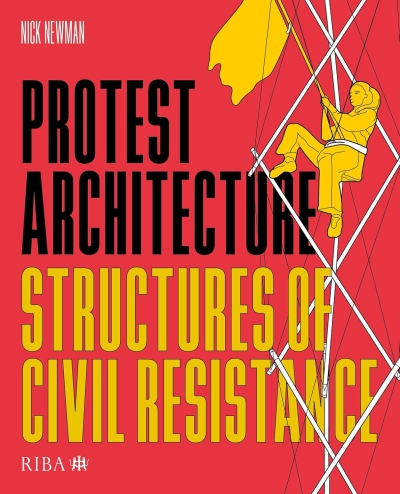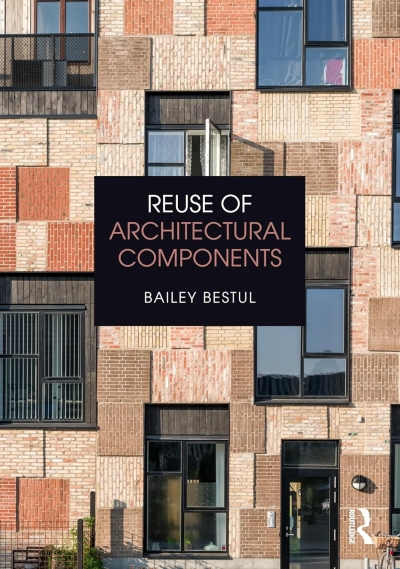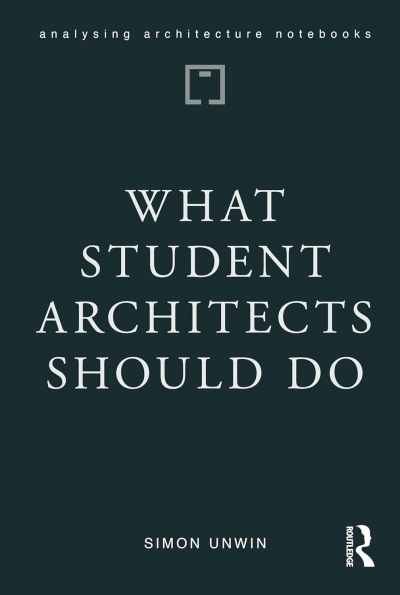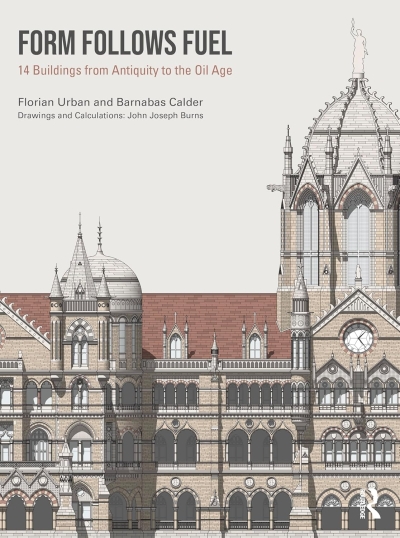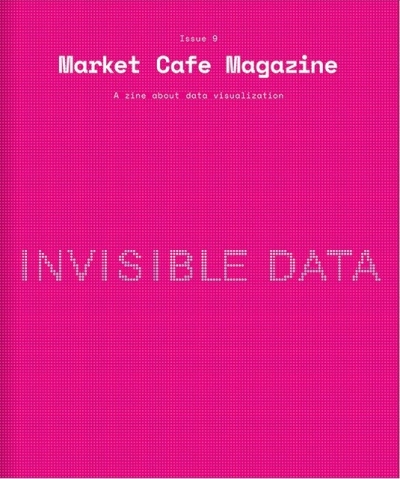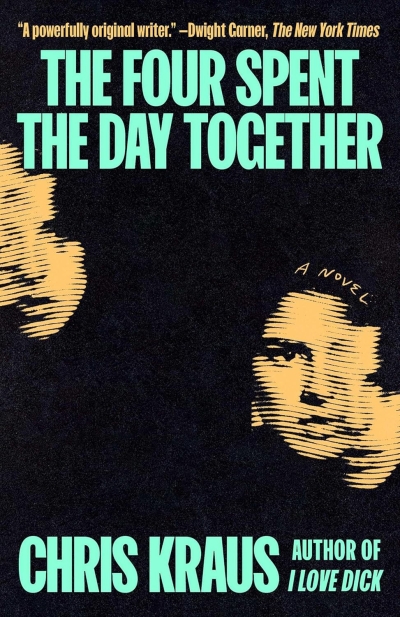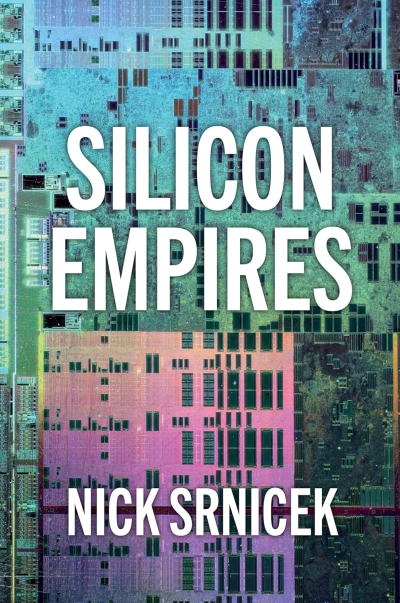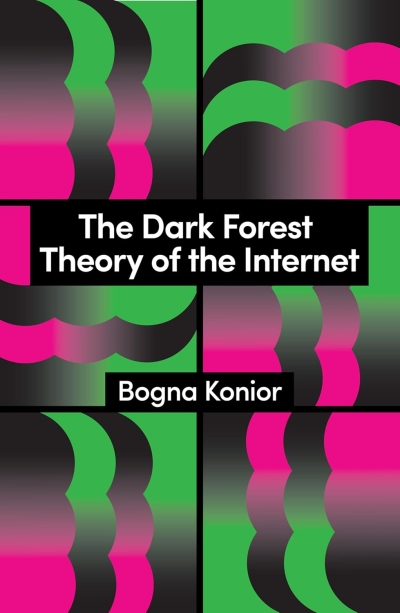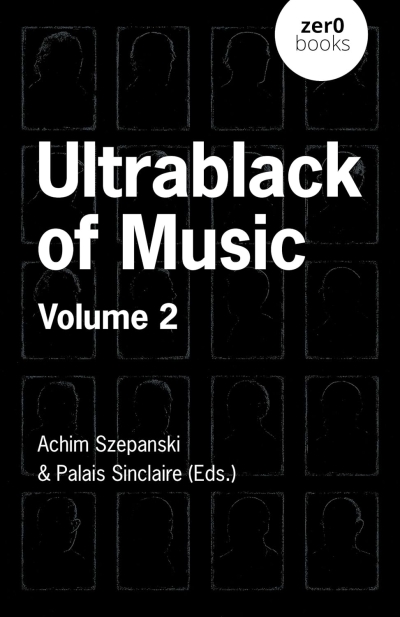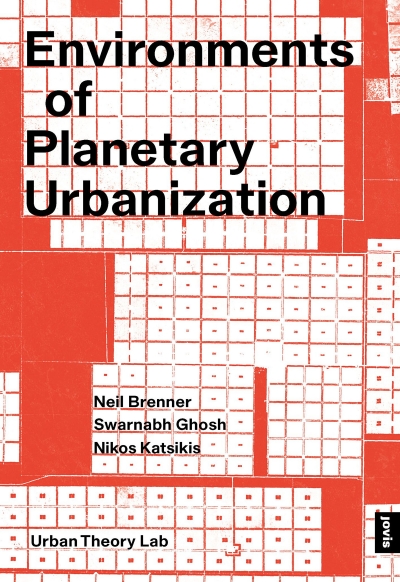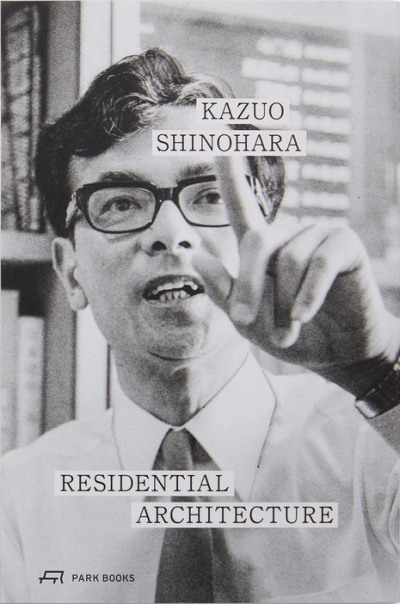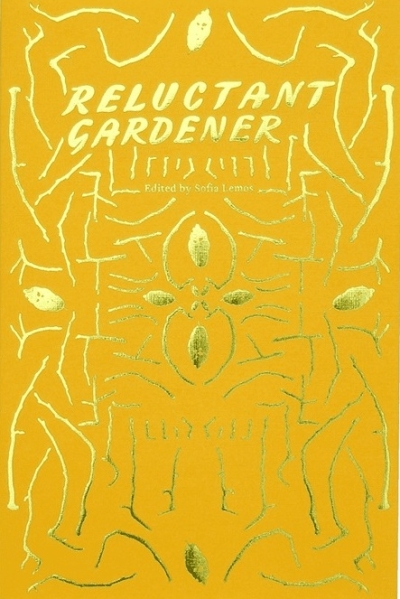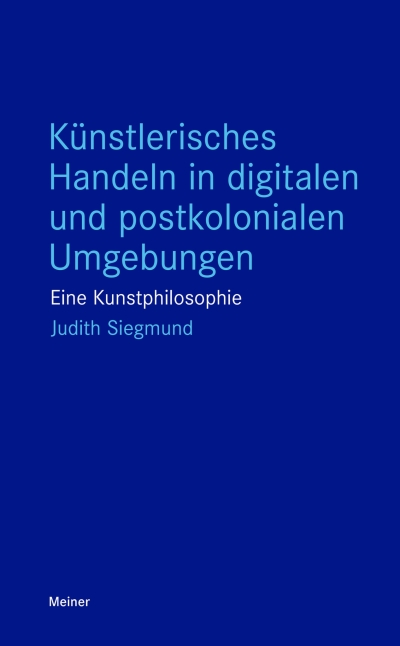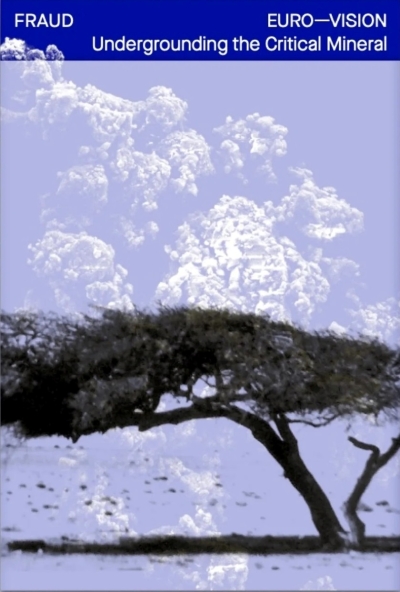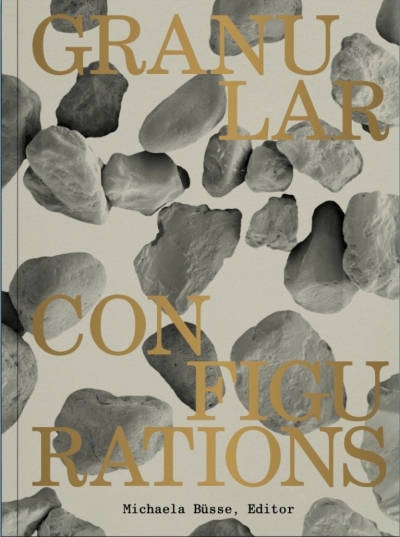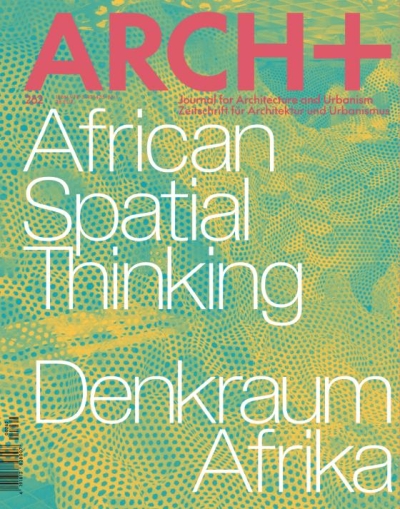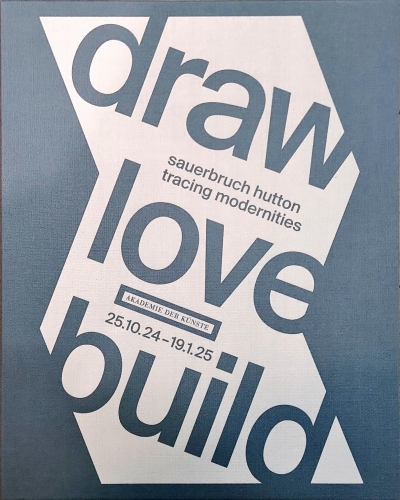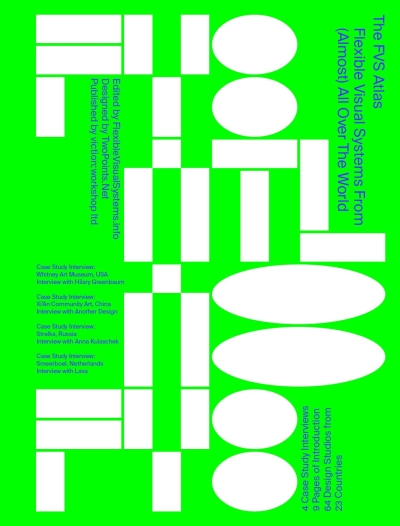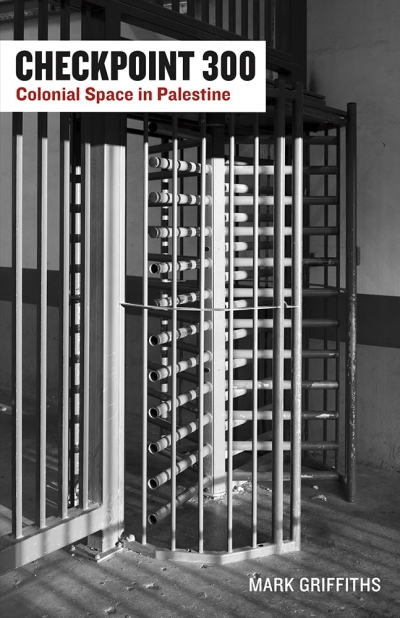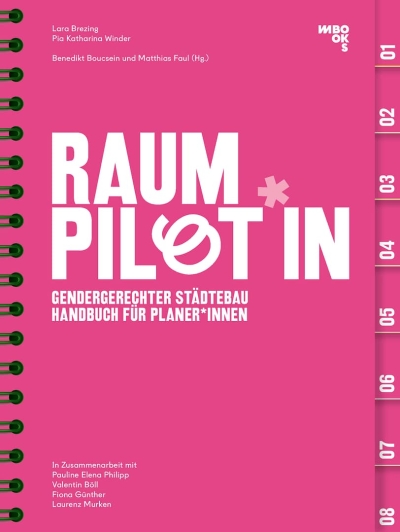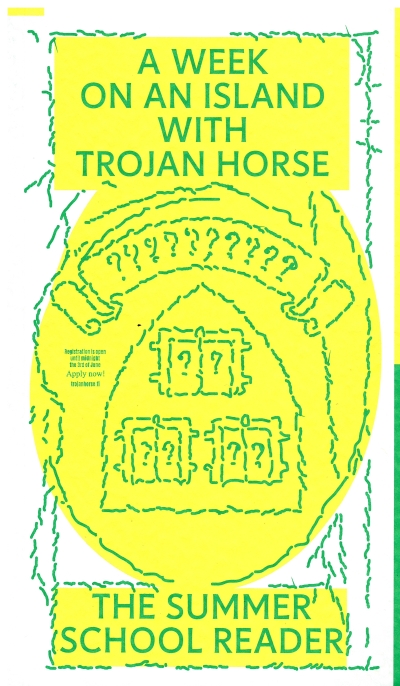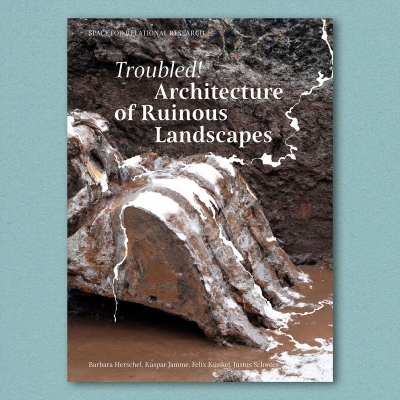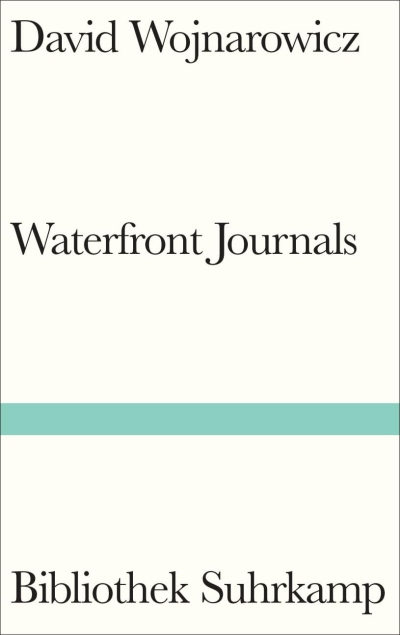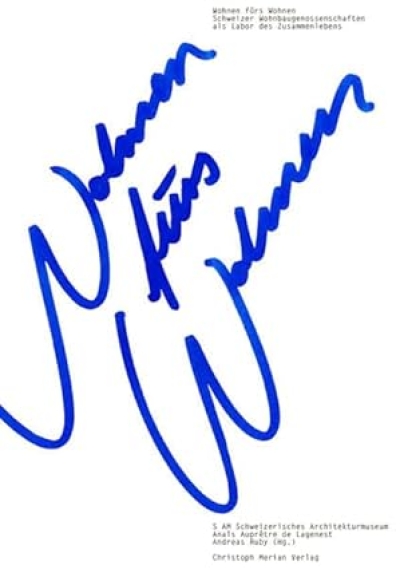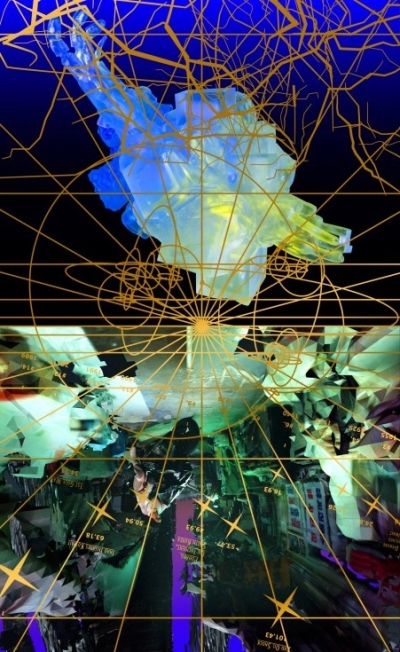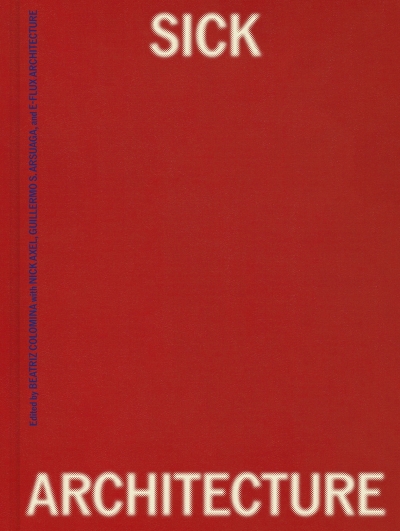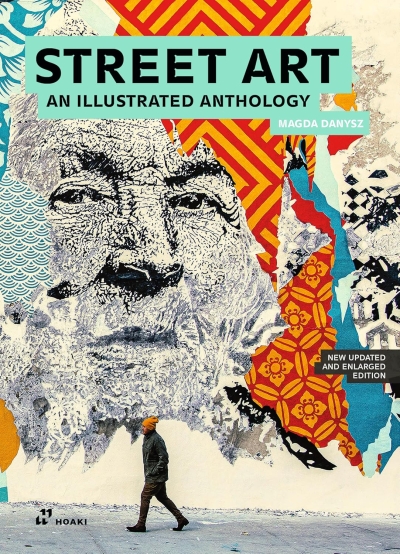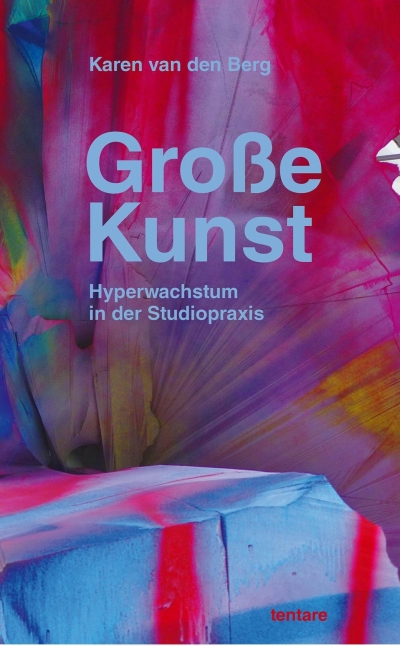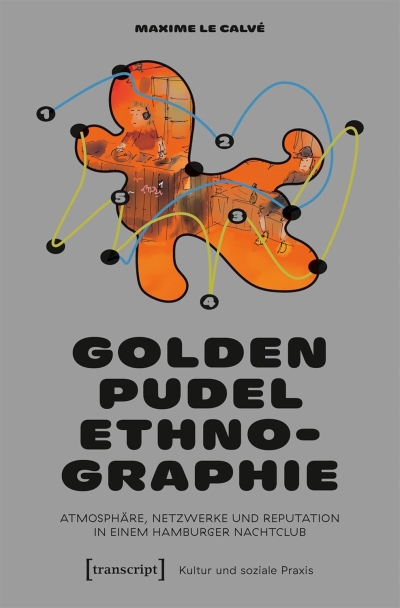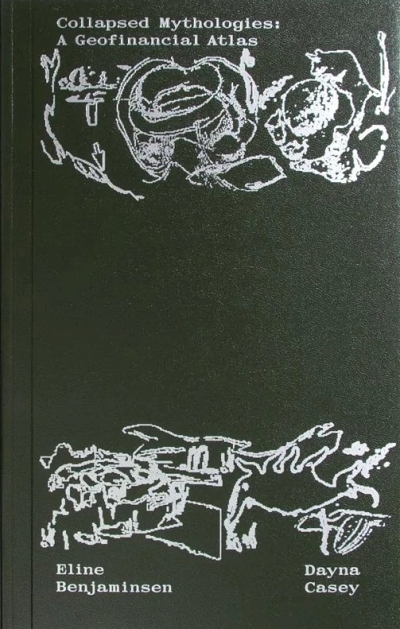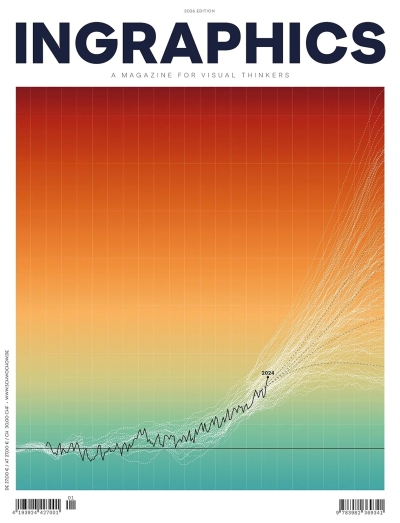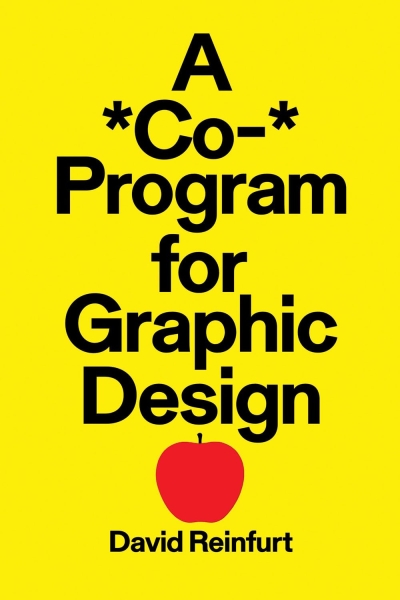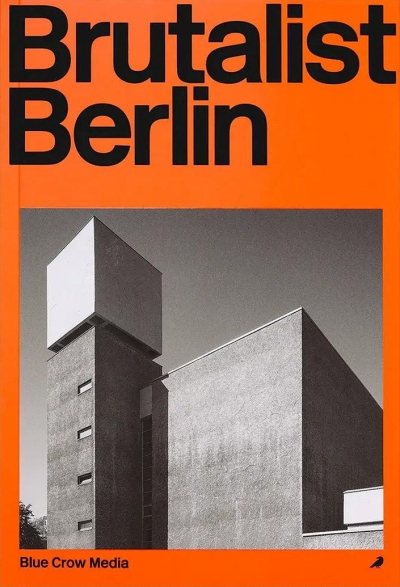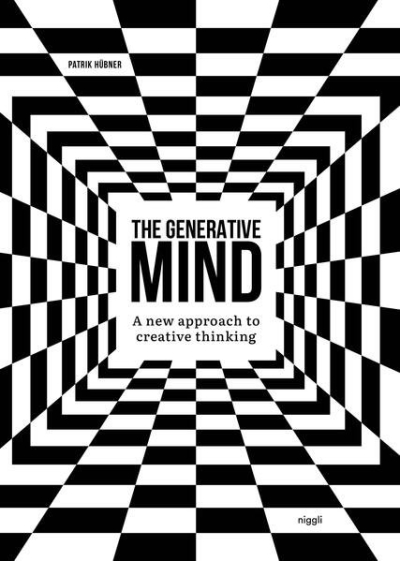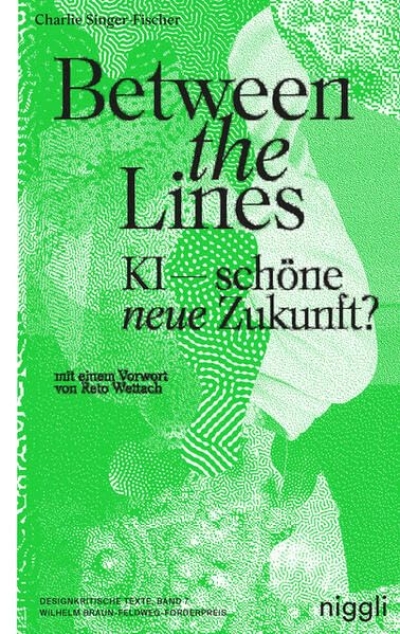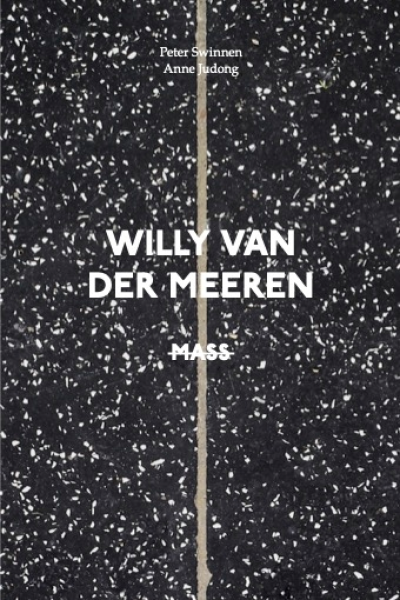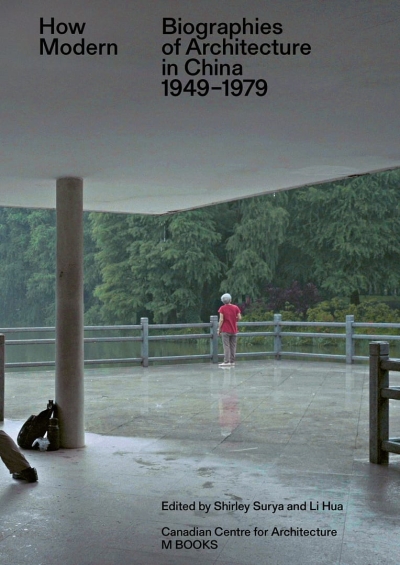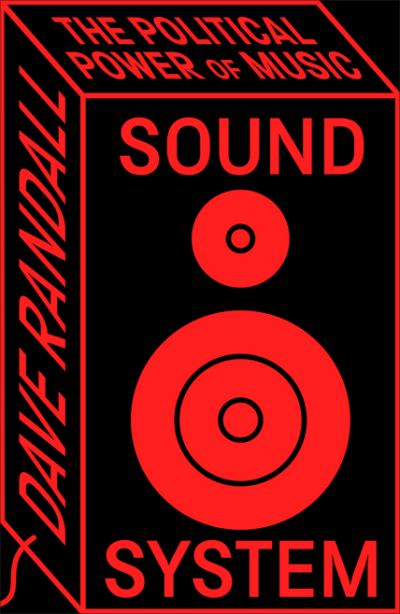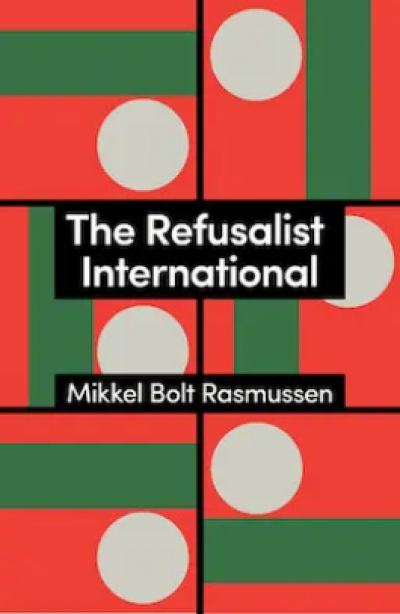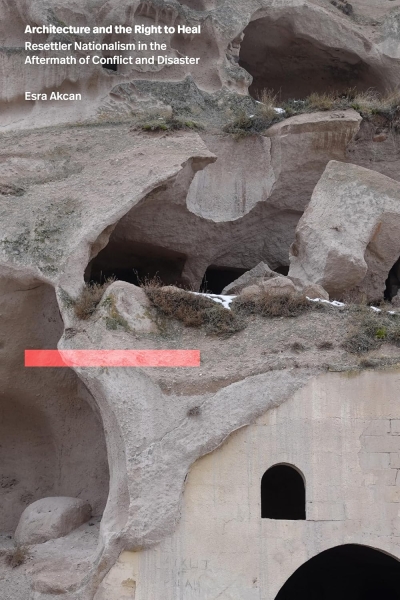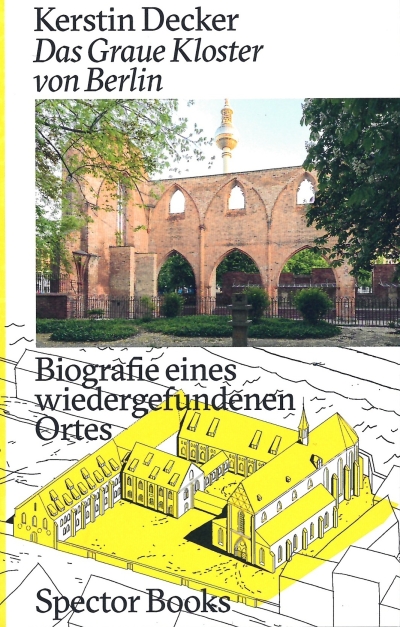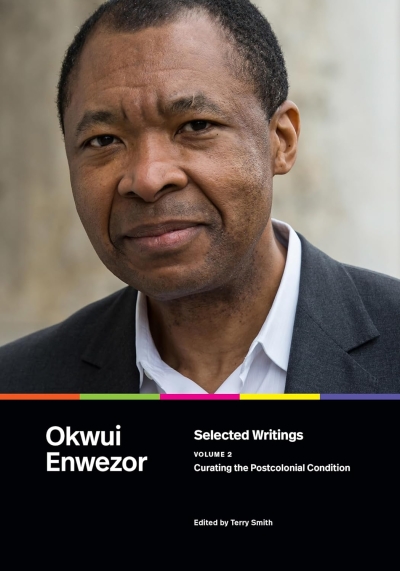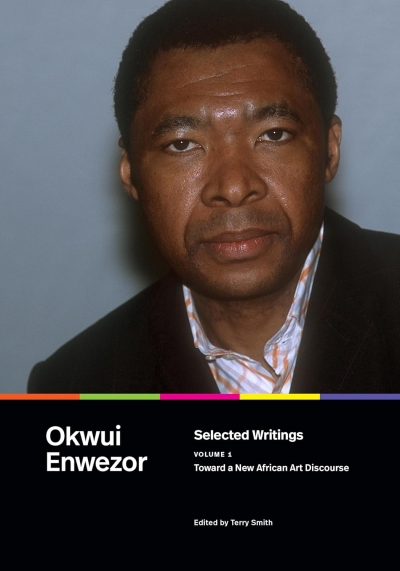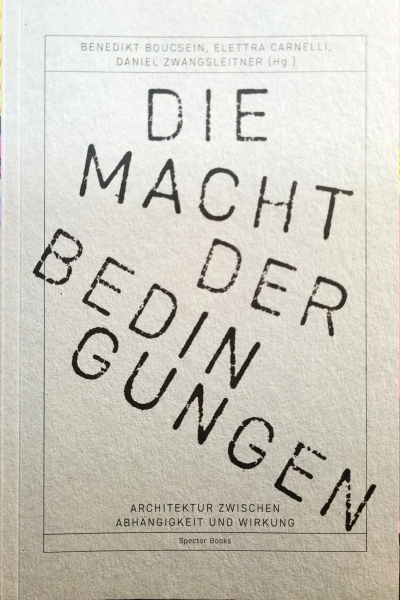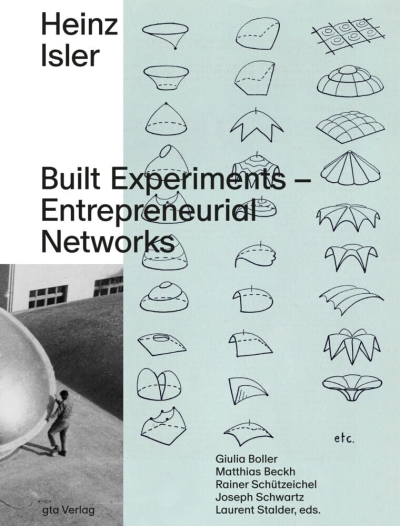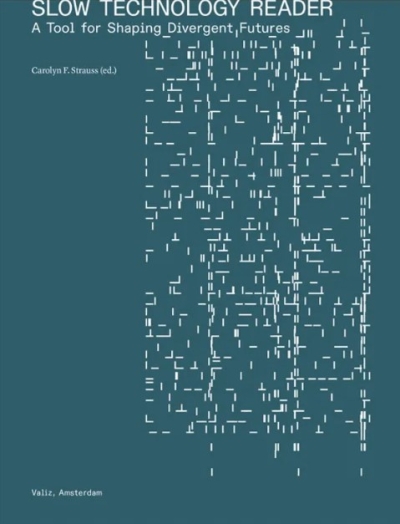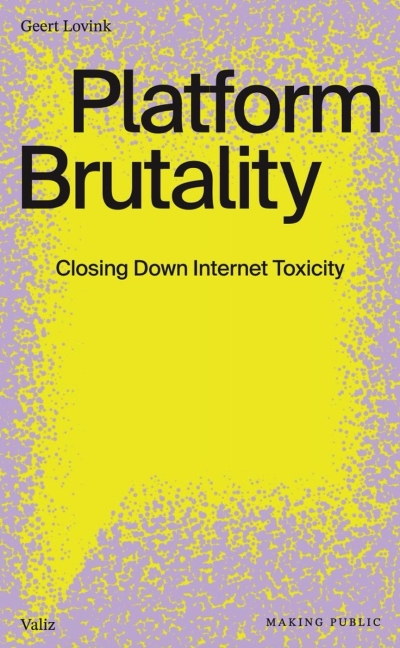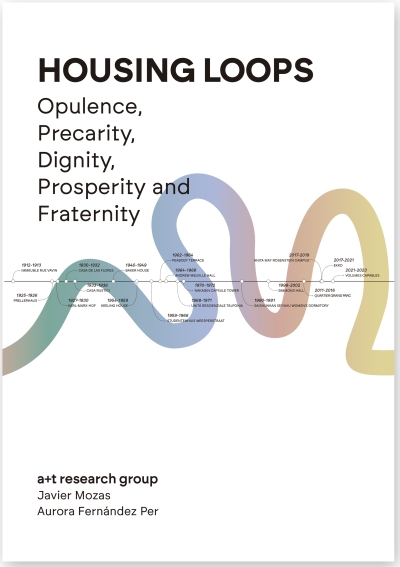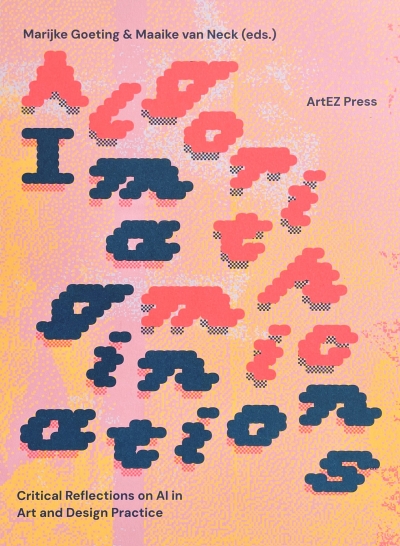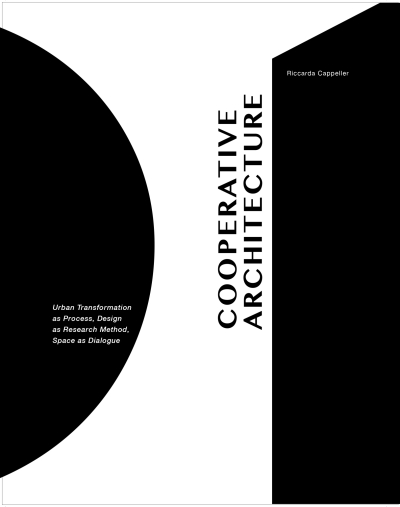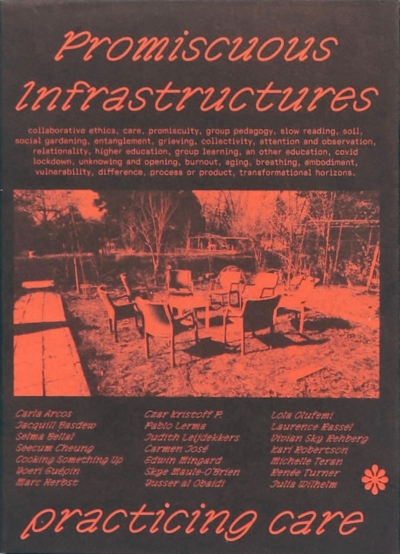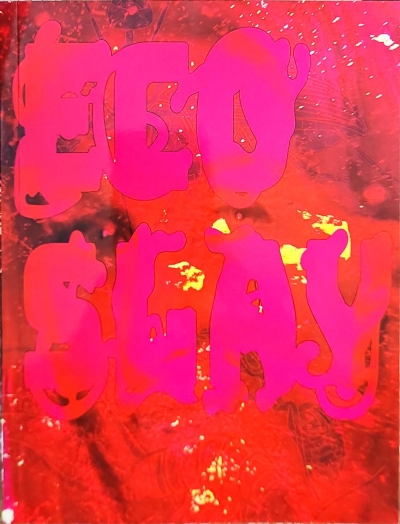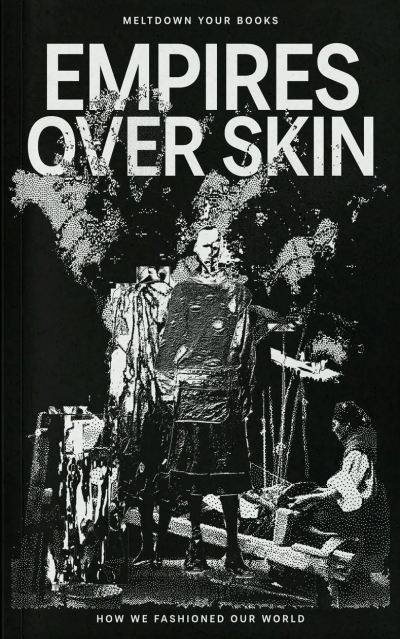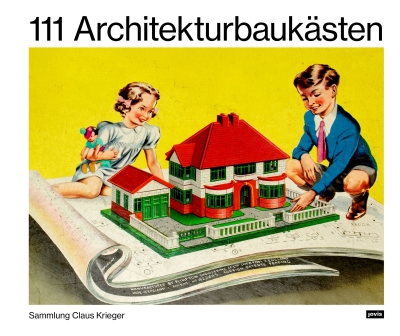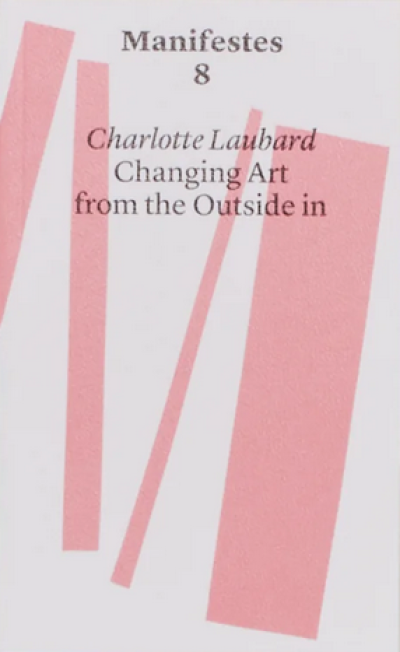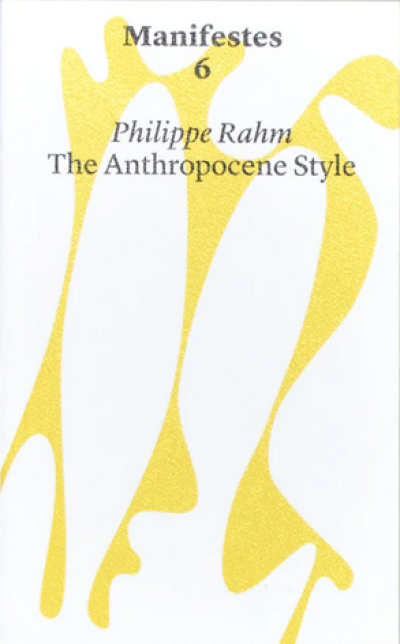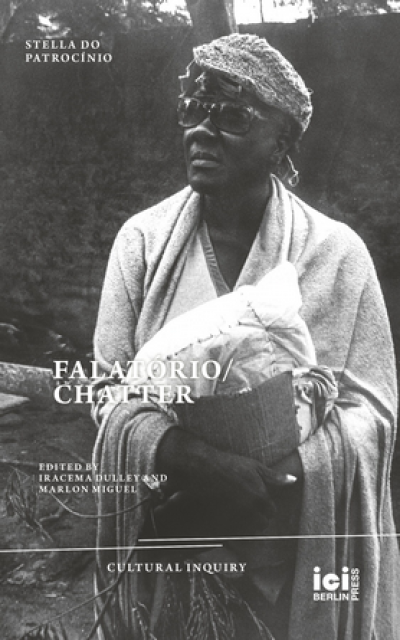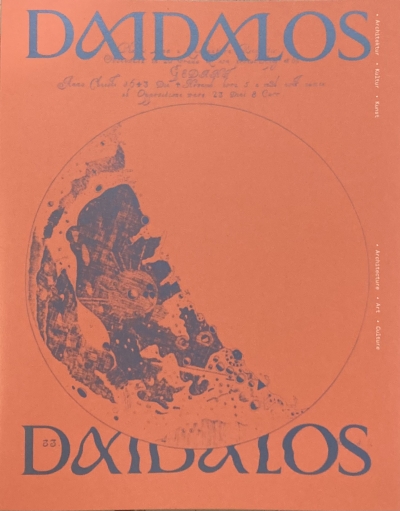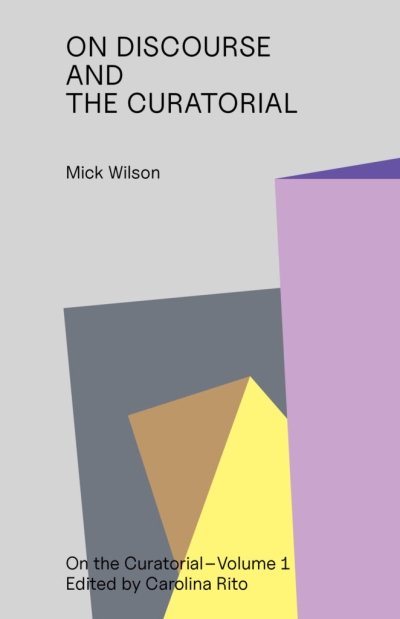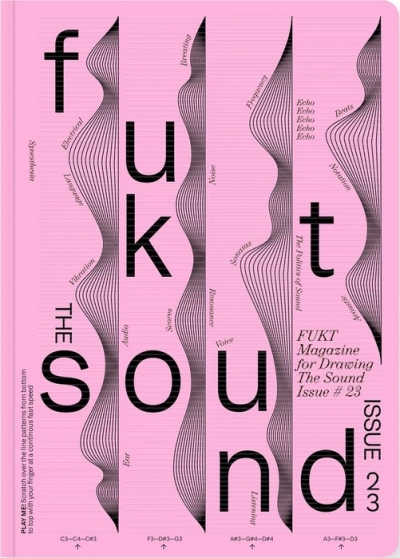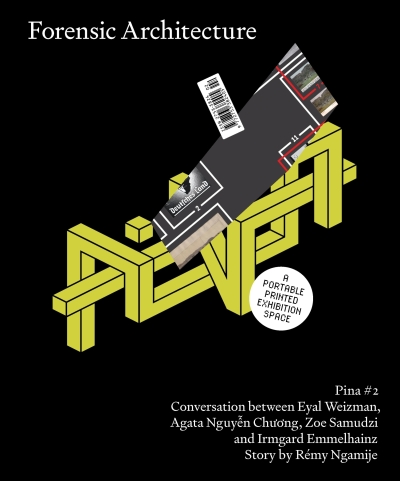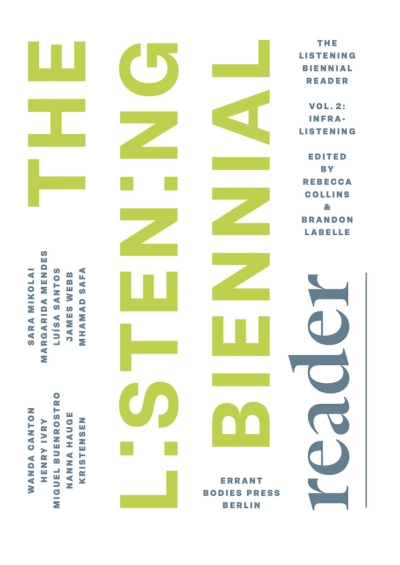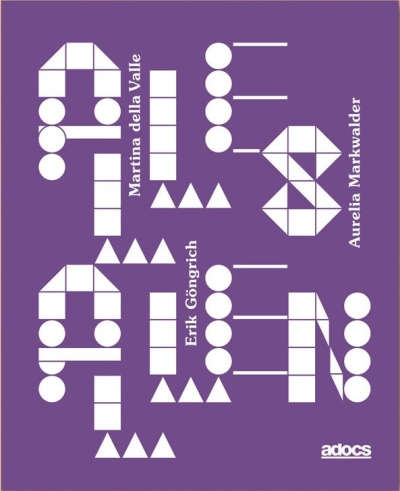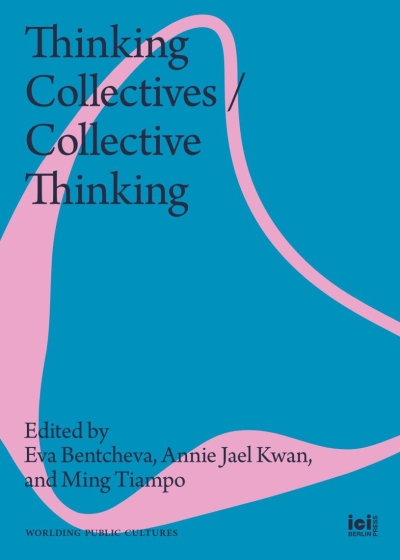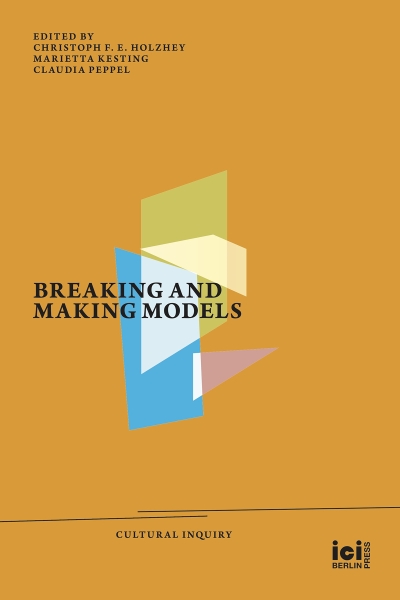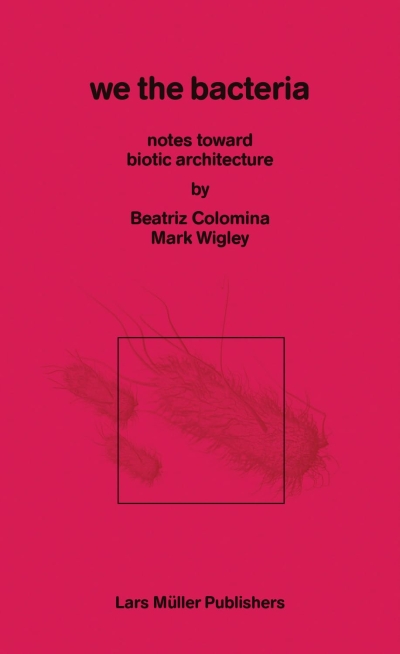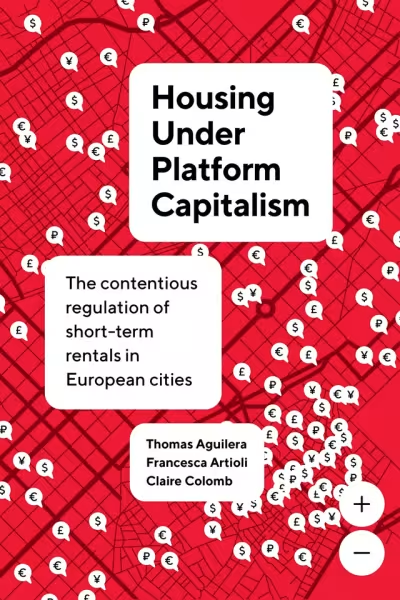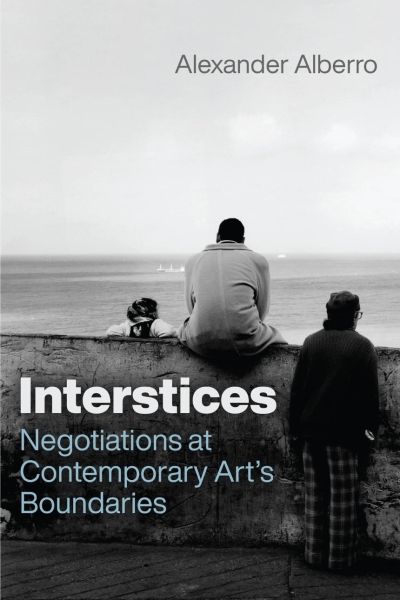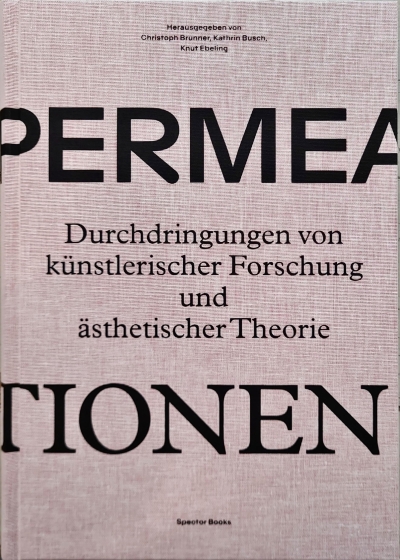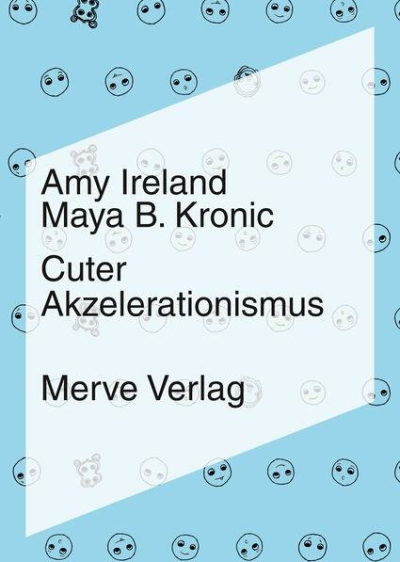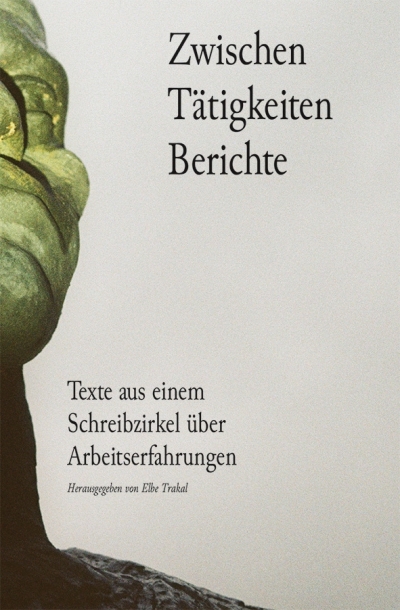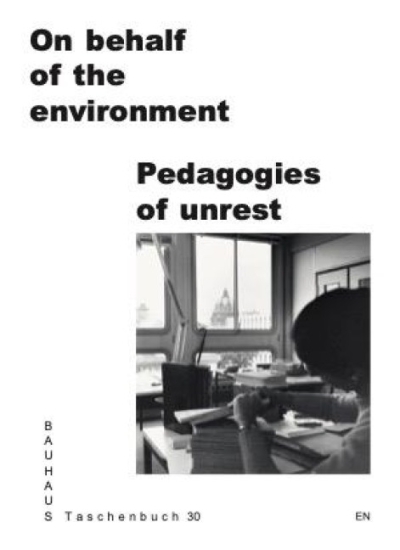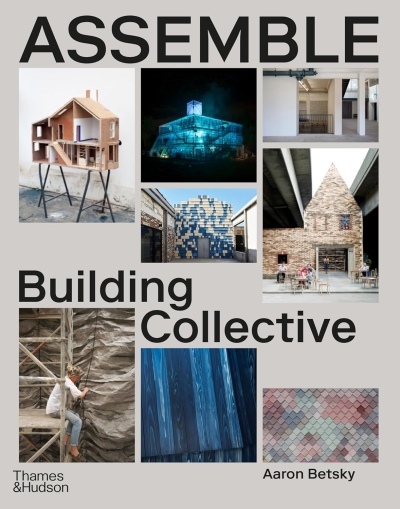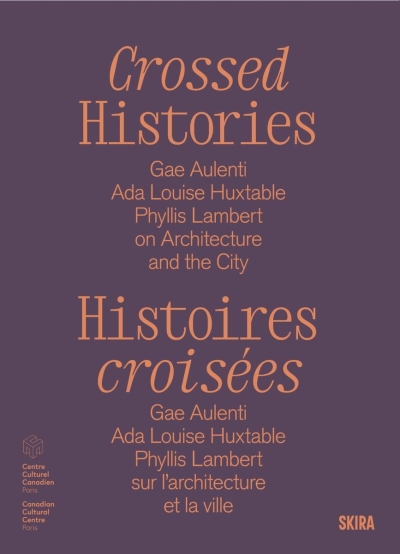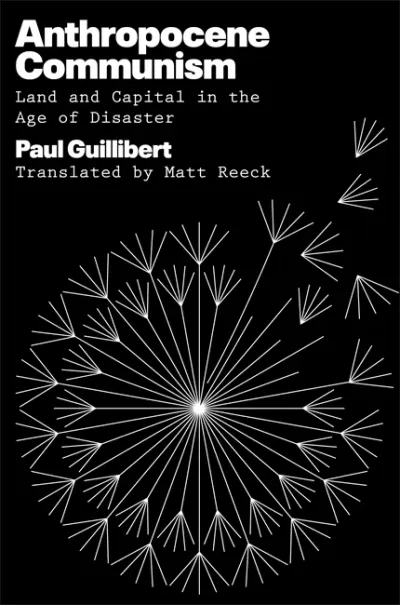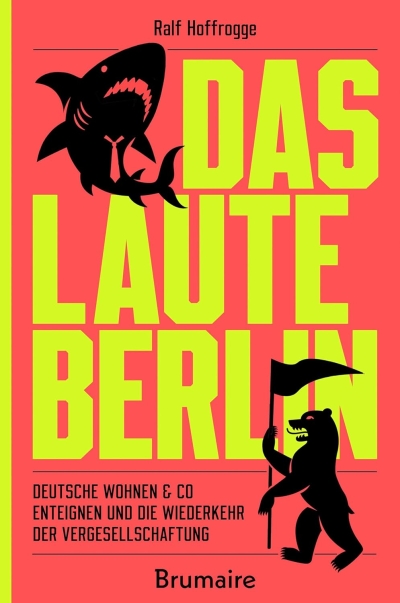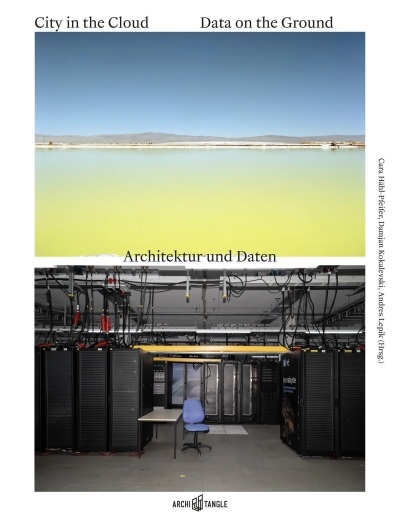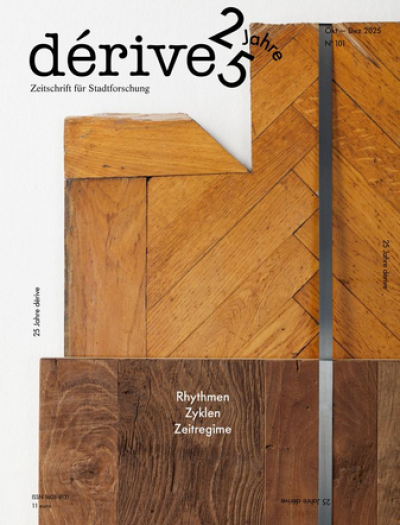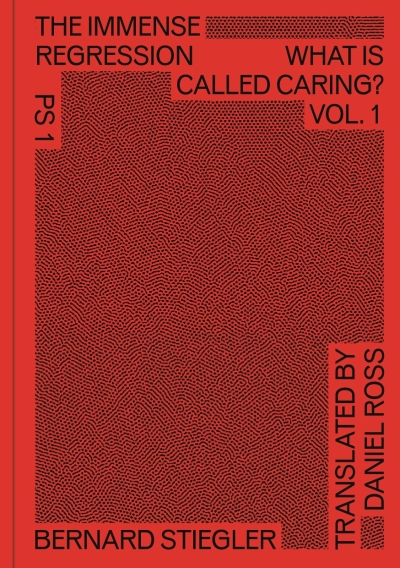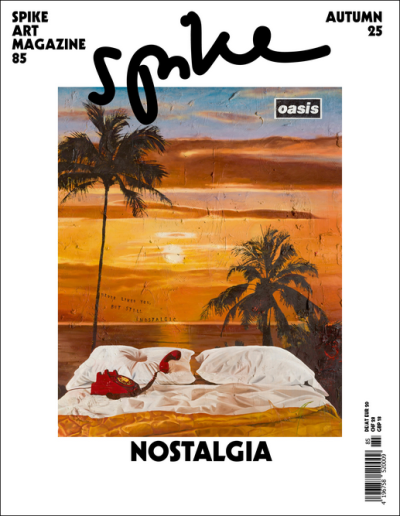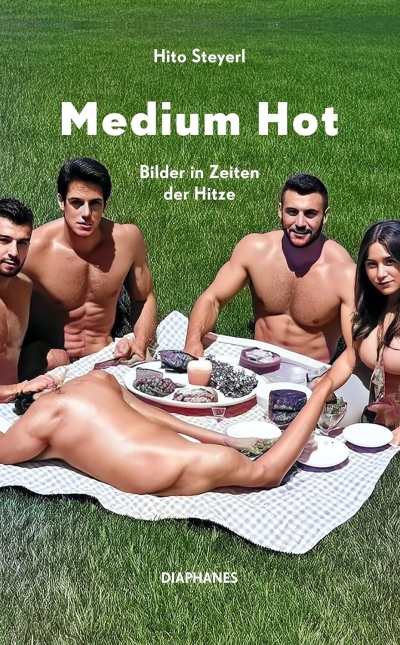Birgitta Heid
Faszination Sichtbeton. Werke des Architekten Bernhard Heid
dérive
dérive N° 102, Spekulation (Jan - Mar 2026)
Kayoung Kim, Lisa Marie Zander, Marius…
Versammlung der Mikropolitiken
Jiyoung Yoon, Kirenia Martinez Acosta
Invisible Tapestry Vol. 2.
TAT.
TAT.1 - Wand / Wall
Ita Dreyfus
Niche Design. A Magazine exploring where design flourishes…
Melissa Bruntlett, Chris Bruntlett
Women Changing Cities. Global stories of urban…
Louis Möckel
Sonic Footprints. Ecology of Technophony
Sarah Robinson
Architecture of Resonance. From Objects to Interactions
gerade nicht auf Lager
Alexander Schröder, Dominic Eichler,…
MD72. Door Slamming Festival (2007 - 2018)
Anna Pollmann, Christopher Möllmann (Hg)
Schlüsselbegriffe gesellschaftlichen Zusammenhalts. Ein…
Nick Newman
Protest Architecture. Structures of civil resistance
Bailey Bestul
Reuse of Architectural Components
gerade nicht auf Lager
Simon Unwin
What Student Architects Should Do
Florian Urban, Barnabas Calder
Form Follows Fuel. 14 Buildings from Antiquity to the Oil…
Market Cafe
Market Cafe Magazine Issue 9 Invisible Data
Chris Kraus
The Four Spent the Day Together
Nick Srnicek
Silicon Empires. The Fight for the Future of AI
gerade nicht auf Lager
Bogna Konior
The Dark Forest Theory of the Internet
Palais Sinclaire, Achim Szepanski (Hg)
Ultrablack of Music. Volume 2
gerade nicht auf Lager
Neil Brenner, Swarnabh Ghosh, Nikos…
Environments of Planetary Urbanization
Christian Dehli, Andrea Grolimund (Eds.)
Kazuo Shinohara. Residential Architecture
Sofia Lemos (Hg)
Reluctant Gardener
Britt Müller, Winnes Rademächers
Don't Sleep. The Graphic Language of Vinyl Labels
Judith Siegmund
Künstlerisches Handeln in digitalen und postkolonialen…
Francisco Gallardo & Audrey Samson…
EURO—VISION. Undergrounding the Critical Mineral
Michaela Büsse (Hg)
Granular Configurations. Sand, Materiality, and Planetary…
Arch+
ARCH+ 262. African Spatial Thinking / Denkraum Afrika
Matthias Sauerbruch, Louisa Hutton, mit…
Draw Love Build. Sauerbruch Hutton Tracing Modernities
gerade nicht auf Lager
Martin Lorenz
Flexible Visual Systems. The FVS Atlas
Mark Griffiths
Checkpoint 300. Colonial Space in Palestine
Katharina Weinstock
Post-Readymade
Philip Ursprung
Values and Surfaces. Art, Economy, Architecture
Hg. von Benedikt Boucsein, Matthias…
Raumpilot*in. Gendergerechter Städtebau. Handbuch für…
Ott Kagovere, Hanan Mahbouba, Jaroslav…
A Week On An Island With Trojan Horse. The Summer School…
IDEA Magazine
Idea 412. Tomoyuki Arima: Design Evolving from Relationships
Barbara Herschel, Kaspar Jamme, Felix…
Troubled! Architecture of Ruinous Landscapes
David Wojnarowicz
Waterfront Journals
Anaïs Auprêtre de Lagenest, Andreas…
Wohnen fürs Wohnen. Schweizer Wohnbaugenossenschaften als…
Ayoung Kim
Synthetic Storyteller
gerade nicht auf Lager
Edited by Beatriz Colomina with Nick…
Sick Architecture
Magda Danysz
Street Art. An Anthology
Karen van den Berg
Große Kunst. Hyperwachstum in der Studiopraxis
gerade nicht auf Lager
Maxime Le Calvé
Golden Pudel-Ethnographie. Atmosphäre, Netzwerke und…
Chris Hables Gray
Virus is a Language. AI, QAnon, COVID-19 and the New…
gerade nicht auf Lager
Eline Benjaminsen, Dayna Casey
Collapsed Mythologies. A Geofinancial Atlas
Jan Schwochow
InGraphics 2026 Edition
David Reinfurt
A *Co-* Program for Graphic Design
Felix Torkar
Brutalist Berlin. An Architect's Guide to Brutalist…
Patrik Hübner
The Generative Mind. A New Approach to Creative Thinking
Charlie Singer-Fischer
Between the Lines. KI - schöne neue Zukunft?
Peter Swinnen, Anne Judong (eds.)
Willy Van Der Meeren. Mass
Shirley Surya, Li Hua (Eds.) Canadian…
How Modern. Biographies of Architecture in China 1949–1979
gerade nicht auf Lager
Dave Randall
Sound System. The Political Power of Music
Mikkel Bolt Rasmussen
The Refusalist International. A Theory of the New Protest…
gerade nicht auf Lager
Esra Akcan
Architecture and the Right to Heal. Resettler Nationalism…
Kerstin Decker (Autorin), Ute Müller-…
Das Graue Kloster von Berlin. Biografie eines…
Okwui Enwezor, Terry Smith (Ed.)
Okwui Enwezor. Selected Writings. Volume 2. Curating the…
Okwui Enwezor, Terry Smith (Ed.)
Okwui Enwezor. Selected Writings. Volume 1. Toward a New…
Benedikt Boucsein, Elettra Carnelli,…
Die Macht der Bedingungen. Architektur zwischen…
Giulia Boller, Matthias Beckh, Rainer…
Heinz Isler. Built Experiments – Entrepreneurial Networks
Carolyn F. Strauss (ed.)
Slow Technology Reader
Geert Lovink
Platform Brutality. Closing Down Internet Toxicity
Javier Mozas, Aurora Fernández Per
Housing Loops. Opulence, Precarity, Dignity, Prosperity and…
gerade nicht auf Lager
Marijke Goeting & Maaike van Neck (…
Algorithmic Imaginations. Critical Reflections on AI in Art…
Riccarda Cappeller
Cooperative Architecture. Urban Transformation as Process,…
Michelle Teran, Marc Herbst, Vivian Sky…
Promiscuous Infrastructures. Practising Care
Camille Belmin (Ed)
Ecoslay – An Anthology
Meltdown Your Books
Empires Over Skin. How we Fashioned our World
Claus Krieger
111 Architekturbaukästen
Basile Baudez, Victoria Bergbauer (Hg.)
Carceral Architecture
Charlotte Laubard
Manifestes 8. Changing Art from the Outside in
Philippe Rahm
Manifestes 6. The Anthropocene Style
Iracema Dulley, Marlon Miguel (eds.)
Stella do Patrocínio. Falatório/Chatter
Christoph Ramisch (ed.)
Daidalos 24-25
Mick Wilson
On Discourse and the Curatorial
Bjørn Hegardt (Ed.)
FUKT #23 – The Sound Issue
pinamagazine.com
Pina Issue 2
Brandon LaBelle (Ed.)
The Listening Biennial Reader - Vol 2: Infralistening
Erik Göngrich, Aurelia Markwalder,…
Alles Allen
Eva Bentcheva, Annie Jael Kwan, Ming…
Thinking Collectives / Collective Thinking
Christoph F. E. Holzhey, Marietta…
Breaking and Making Models
Beatriz Colomina, Mark Wigley
We the Bacteria. Notes Toward Biotic Architecture
Thomas Aguilera, Francesca Artioli,…
Housing Under Platform Capitalism. The Contentious…
gerade nicht auf Lager
Alexander Alberro
Interstices. Negotiations at Contemporary Art’s Boundaries
Christoph Brunner, Kathrin Busch, Knut…
Permeationen. Durchdringungen von künstlerischer Forschung…
Amy Ireland, Maya B. Kronic
Cuter Akzelerationismus
Elbe Trakal (Hg.)
Zwischen Tätigkeiten Berichte
Stiftung Bauhaus Dessau (Hg.)
On Behalf of the Environment. Pedagogies of Unrest. Bauhaus…
Aaron Betsky
Assemble. Building Collective
Catherine Bedard, Lea-Catherine Szacka
Crossed Histories: Gae Aulenti, Ada Louise Huxtable,…
Paul Guillibert
Anthropocene Communism
Ralf Hoffrogge
Das laute Berlin. Deutsche Wohnen & Co enteignen und…
Cara Hähl-Pfeifer, Damjan Kokalevski,…
City in the Cloud – Data on the Ground. Architektur und…
dérive
dérive N° 101, Rhythmen, Zyklen, Zeitregime (Okt - Dez 2025)
Bernard Stiegler. Translated by Daniel…
Bernard Stiegler, The Immense Regression: What Is Called…
Spike
Spike Art Magazine Issue 85 Nostalgia
Hito Steyerl
Medium Hot. Bilder in Zeiten der Hitze

